Response to letter of claim template
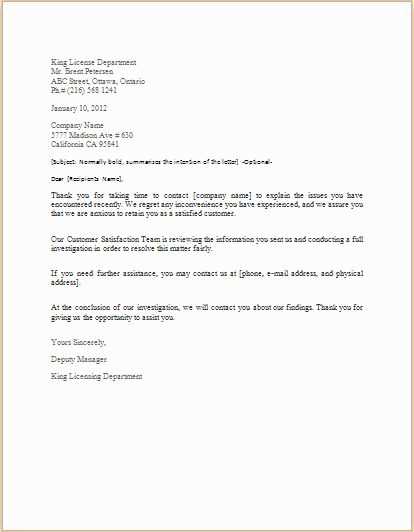
When you receive a letter of claim, it’s crucial to respond quickly and professionally. A well-crafted response helps clarify misunderstandings and prevent legal complications. A response should be clear, concise, and tailored to the specifics of the claim. Start by acknowledging receipt of the letter and reference the details of the claim in question.
In your response, address the main points raised, and provide any necessary evidence or explanations that support your position. If the claim is valid, offer a solution or next steps. If not, explain why, using facts and documentation to back up your claims. It’s important to maintain a respectful tone throughout to keep the dialogue constructive.
Ensure that you provide a clear and reasonable timeframe for the next steps. If needed, consult with a legal professional to verify the accuracy of your response before sending it. A prompt and detailed reply not only helps resolve the matter efficiently but also shows your willingness to engage and work towards a fair resolution.
Response to Letter of Claim Template
When responding to a letter of claim, it’s crucial to address the points raised with clarity and detail. Begin by acknowledging the claim and its contents, followed by a clear explanation of your stance. Avoid unnecessary delays and ensure your response is well-structured to maintain professionalism and avoid confusion.
Start your letter with a formal acknowledgment:
- “Thank you for your letter dated [insert date], in which you raised concerns regarding [issue].”
- “We acknowledge receipt of your claim and have carefully reviewed the details provided.”
Next, provide a factual response to each point outlined in the letter. It’s important to be specific and direct:
- State whether you accept or deny the claim.
- If applicable, provide evidence supporting your position, such as receipts, contracts, or other relevant documents.
- Clarify any misunderstandings or misrepresentations.
- If an agreement or settlement was reached, refer to the terms and confirm your understanding.
If you dispute the claim, explain the reasons concisely:
- “We disagree with the claim based on the following points: [list reasons].”
- “According to our records, the events occurred as follows: [briefly explain facts].”
Offer a resolution or next steps, if applicable:
- “We are open to discussing this further and would appreciate your response regarding [suggest solution or next step].”
- “If you wish to proceed, please provide additional documentation or clarification on [specific matter].”
Conclude by expressing your willingness to resolve the matter professionally:
- “We trust this response clarifies our position and we remain committed to resolving this matter amicably.”
- “Please let us know if you have any further questions or require additional information.”
Ensure your tone remains polite and professional throughout. Responding promptly and clearly can help avoid further complications and maintain a constructive dialogue.
Understanding the Purpose of a Response
To ensure clarity and prevent escalation, your response to a letter of claim must address the issues raised directly and respectfully. A well-structured response can resolve the matter amicably or clarify misunderstandings, while also protecting your legal position. Avoid vague statements and focus on the facts at hand.
Clarify Your Position
Your response should clearly outline your stance on the claim. Whether you agree, disagree, or require more information, state it in precise terms. If you dispute the claim, provide evidence supporting your position, such as contracts, communication records, or other relevant documents.
Avoiding Ambiguity
Stay focused on the details. A response that is clear and free from ambiguity minimizes the risk of further misunderstandings. Clearly explain any actions you have taken or intend to take. If there are delays or issues on your side, acknowledge them and provide reasonable timelines for resolution.
Key Elements to Include in Your Reply
Clearly acknowledge the claim. Address the main points raised and express your intention to resolve the issue at hand. Avoid vague statements and confirm your understanding of the situation in detail.
Provide a Direct Response
State your position on each claim made. If the claim is valid, offer a solution, such as reimbursement or correction of the issue. If the claim is disputed, explain why in a clear, factual manner. Always keep the tone professional, even if you disagree.
Offer a Resolution or Action Plan
Outline the steps you will take to resolve the matter. Specify deadlines and any follow-up actions, and be transparent about the process. This demonstrates that you are committed to resolving the issue promptly.
| Claim Issue | Response | Resolution/Action |
|---|---|---|
| Payment dispute | We acknowledge your concerns regarding the payment amount. | We will review the payment records and issue a correction within 5 business days. |
| Product defect | We understand the product did not meet your expectations. | We will arrange a replacement or refund, depending on your preference, within 3 days. |
| Delivery delay | We apologize for the delay in delivery. We are investigating the cause. | We will ensure the shipment reaches you within 7 business days and provide tracking details. |
Conclude with a commitment to maintain communication. Encourage the claimant to reach out for any additional questions or clarifications. Express your desire to resolve the matter smoothly and efficiently.
How to Address Disputed Claims
Respond quickly and professionally when a claim is disputed. Acknowledge the issue in your response, showing that you’ve reviewed the details carefully. Avoid admitting fault prematurely; instead, express your intention to resolve the matter fairly.
Provide Clear Evidence
Gather all relevant documentation and evidence to support your position. This may include contracts, communication records, or proof of service. Organize this material to present a strong, factual case. Address each point of dispute specifically, referencing your supporting evidence directly.
Propose a Solution
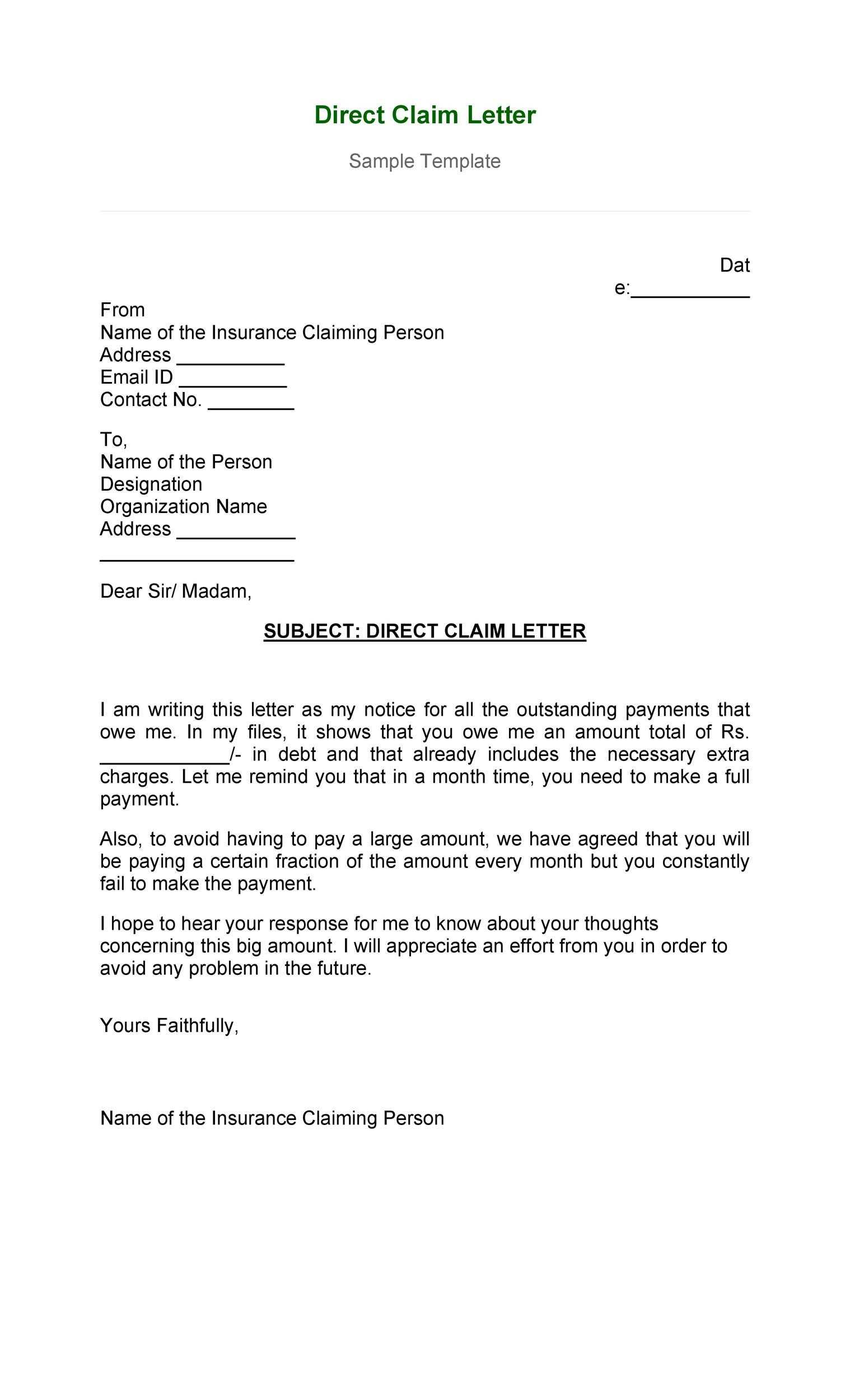
Offer a practical solution that demonstrates your willingness to resolve the issue amicably. Whether it’s adjusting terms or providing compensation, suggest steps that are reasonable and fair. Keep your tone cooperative and solution-focused.
Timeframe for Responding to a Letter of Claim
Responding to a letter of claim requires quick and precise action. Typically, you have 14 to 30 days from the date of receipt to send your response. This timeframe is often specified by the laws in your jurisdiction or outlined in the contract terms, so it’s critical to review both to ensure compliance.
Understanding Deadlines
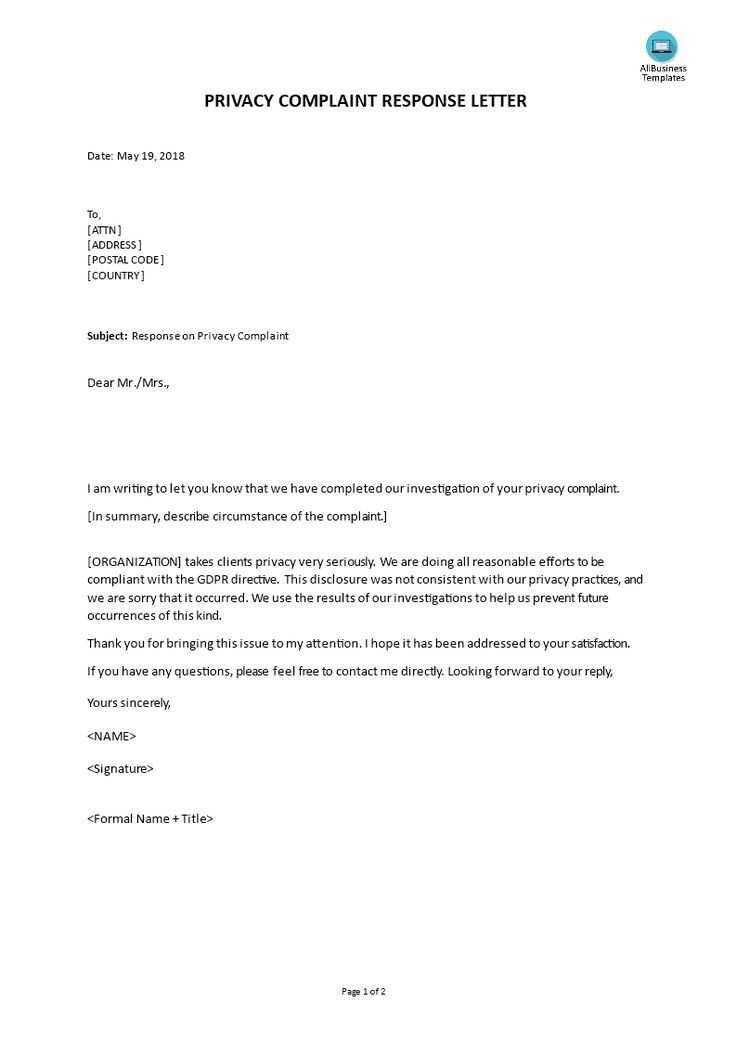
If the claim relates to a consumer issue, such as a dispute with a company, response time can be shorter, usually around 14 days. For more complex contractual claims or legal matters, the timeframe can extend to 30 days or more. Delaying your response may lead to default judgments or negative consequences, making timely action essential.
What Happens After the Deadline?
Failure to respond within the stipulated period can result in legal consequences. In some cases, the claimant may escalate the issue to court, where a judgment may be made without your input. If you need more time to gather information or consult with a legal advisor, it’s wise to request an extension as soon as possible. However, make sure to do so before the deadline expires.
How to Negotiate Terms in Your Response
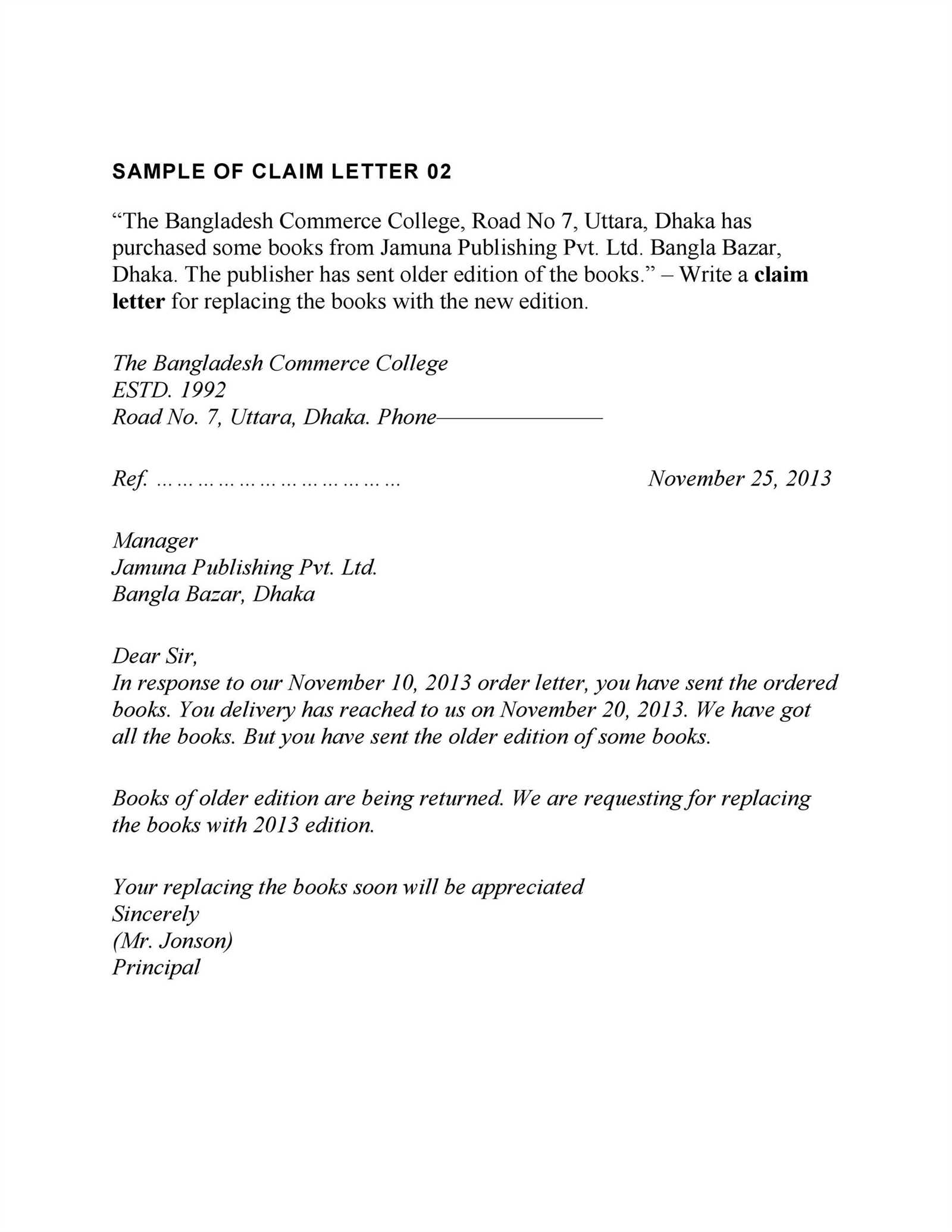
Focus on presenting clear and reasonable alternatives to the terms in the claim. Start by addressing the most critical points that need adjustment. Be direct, but professional in your approach. Propose new terms or changes backed by facts and explain why they are more appropriate for the situation.
Before suggesting changes, evaluate the flexibility of the other party and anticipate their possible objections. Aim to balance your interests with a solution that seems fair and achievable for both sides. Here are a few strategies:
- Propose Modifications with Rationale: Instead of rejecting the claim outright, suggest specific terms that work better for your situation and provide clear explanations for each change.
- Use Objective Data: Support your suggested changes with factual data, such as market standards, legal precedents, or specific contractual clauses that support your position.
- Prioritize Key Points: Don’t try to address every single detail in your response. Focus on the most important terms that will affect the outcome, such as payment schedules or delivery dates.
- Stay Open to Counteroffers: A negotiation is a two-way process. Be open to the possibility of compromise, but know what you’re willing to accept beforehand.
When you feel you’ve reached a reasonable agreement, confirm the details in writing to avoid any confusion. Both sides should clearly understand the agreed terms before finalizing the response.
Legal Considerations and Risks in Your Reply
Ensure that your response is clear, factual, and free of ambiguities. A vague or overly emotional reply can be misinterpreted, leading to further complications. Address the claim directly, providing any relevant evidence to support your position.
Risks of Admission
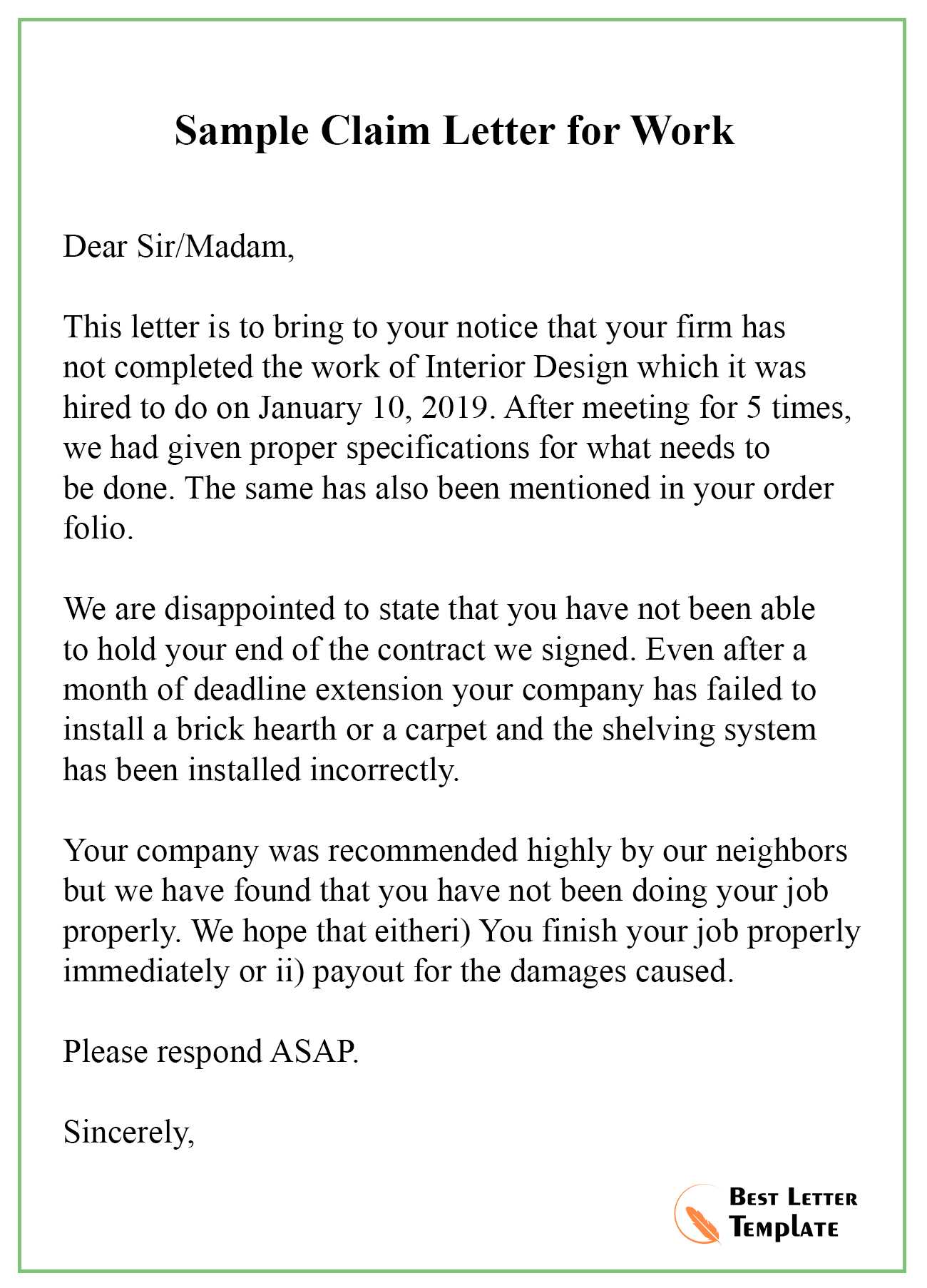
Be cautious when admitting liability. An admission of responsibility, even if done in an attempt to resolve the matter, could be used against you in future proceedings. Always consult with a legal advisor before acknowledging any fault or agreeing to settlement terms.
Defamation and Misrepresentation
Avoid making statements that could be construed as defamatory or misleading. Ensure that the information you provide is accurate. False statements could lead to a defamation lawsuit or claims of misrepresentation. Always stick to verifiable facts and be mindful of how your words may be perceived.
Consulting a lawyer before sending a response is strongly advised to minimize risks and ensure that your reply aligns with legal standards and protections.